Growing strawberry plants (Resume mulching) and thinning of red leaf lettuce
Growing strawberries in chemical-free farming. The strawberries (japanese strawberry plant) have been overwintered as part of winter care, but soon we will resume mulching in preparation for spring. (As February is approaching, we will resume insulating the strawberry beds.)
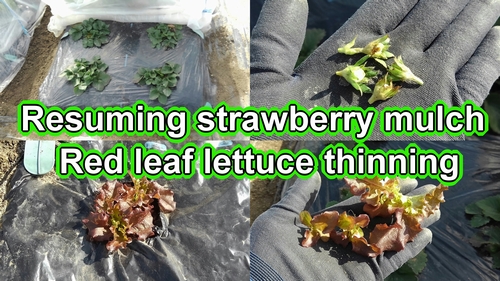
We prepared for the strawberry dormancy in late November.
The strawberries have finished additional-fertilizing. The timing for additional-fertilizing was in mid-January. Since it is pesticide-free and organically grown strawberries, we use organic chicken manure as the fertilizer. (Chicken manure is best fertilizer for strawberries.)
Wintering of the strawberries is end. (Resuming mulch cultivation for field-grown strawberries.)
Unroll the mulch that was rolled up before strawberry dormancy and cover the strawberry bed with it. If there are weeds around the strawberries, we will pull them out before unrolling the mulch sheet.
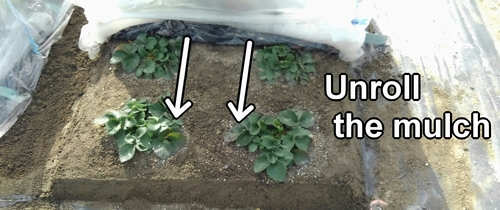
Be careful when pulling the strawberries out from the holes in the mulch. Be careful not to damage the stems and leaves of the strawberries.
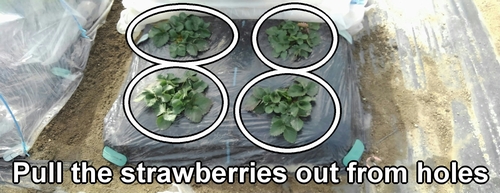
The wintering period for the strawberries was approximately two months, starting from late November. If there is soil or mud on the mulch, we will remove it. If the soil splashes onto the strawberry leaves and stems from the mulch, it can lead to disease. Therefore, let’s try to keep the mulch surface as clean as possible.
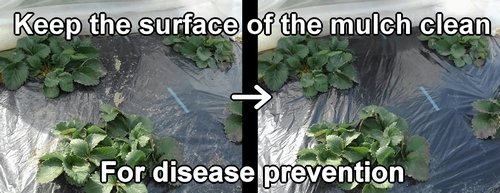
Take a look around the crown of the strawberries and remove any flowers or buds if there are any. Leaving the strawberry flowers will begin from March. By the end of February, it’s still too early, so we will remove any strawberry flowers or buds that have bloomed. (Until the end of February, the nutrients will be directed towards the strawberry plant rather than the strawberry flowers.) If there are withered or damaged leaves, I will also pick them off.
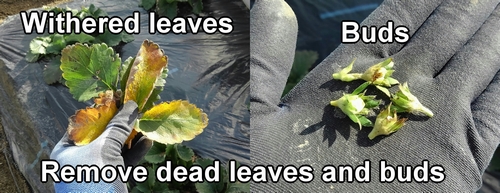
The second thinning of leaf lettuce. (Winter care of red leaf lettuce.)
Next is red leaf lettuce. The red leaf lettuce has grown a little since the last thinning. As the leaves are overlapping, it’s time for the second thinning.
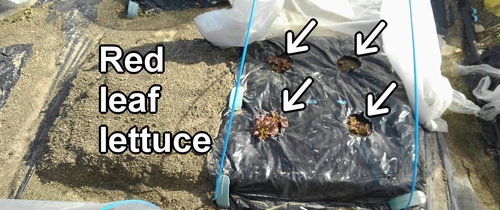
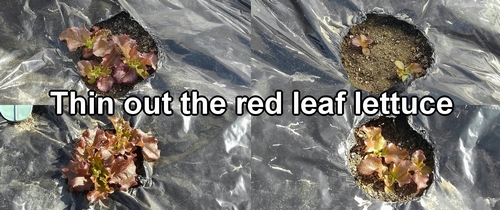
Thinned red leaf lettuce can be eaten as young edible greens. (Adding the thinned leaf lettuce to store-bought mixed salad would add a nice touch of color.)
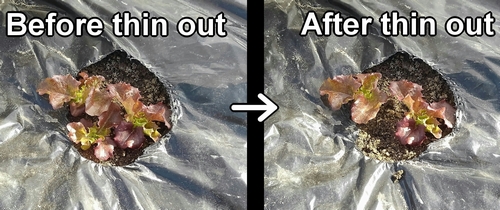
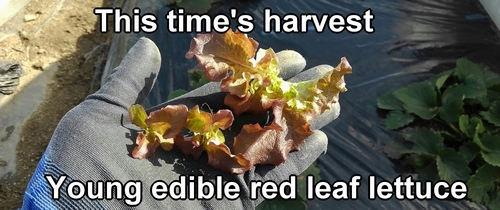
Following is the video for how-to. English subtitles are available.
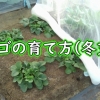
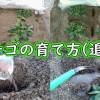
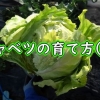
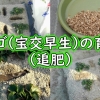
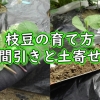
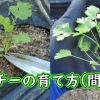
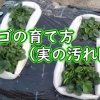
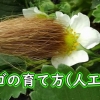

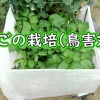
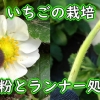
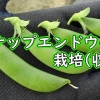
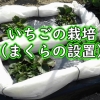
Discussion
New Comments
No comments yet. Be the first one!